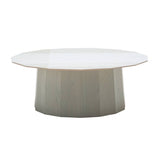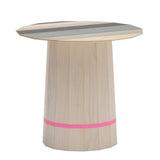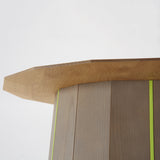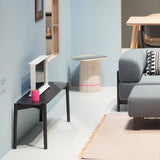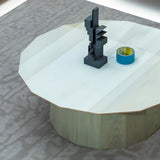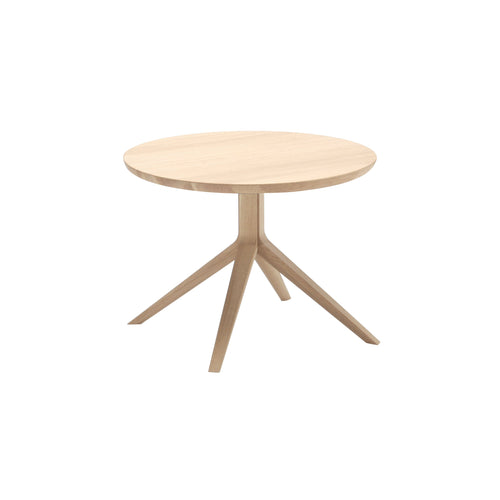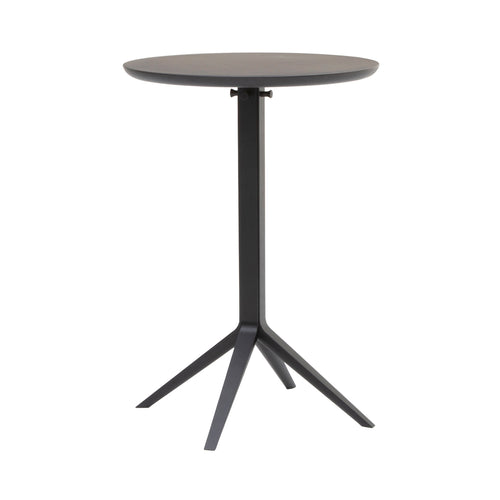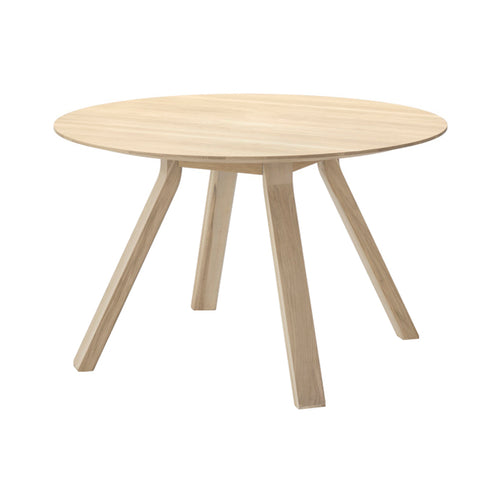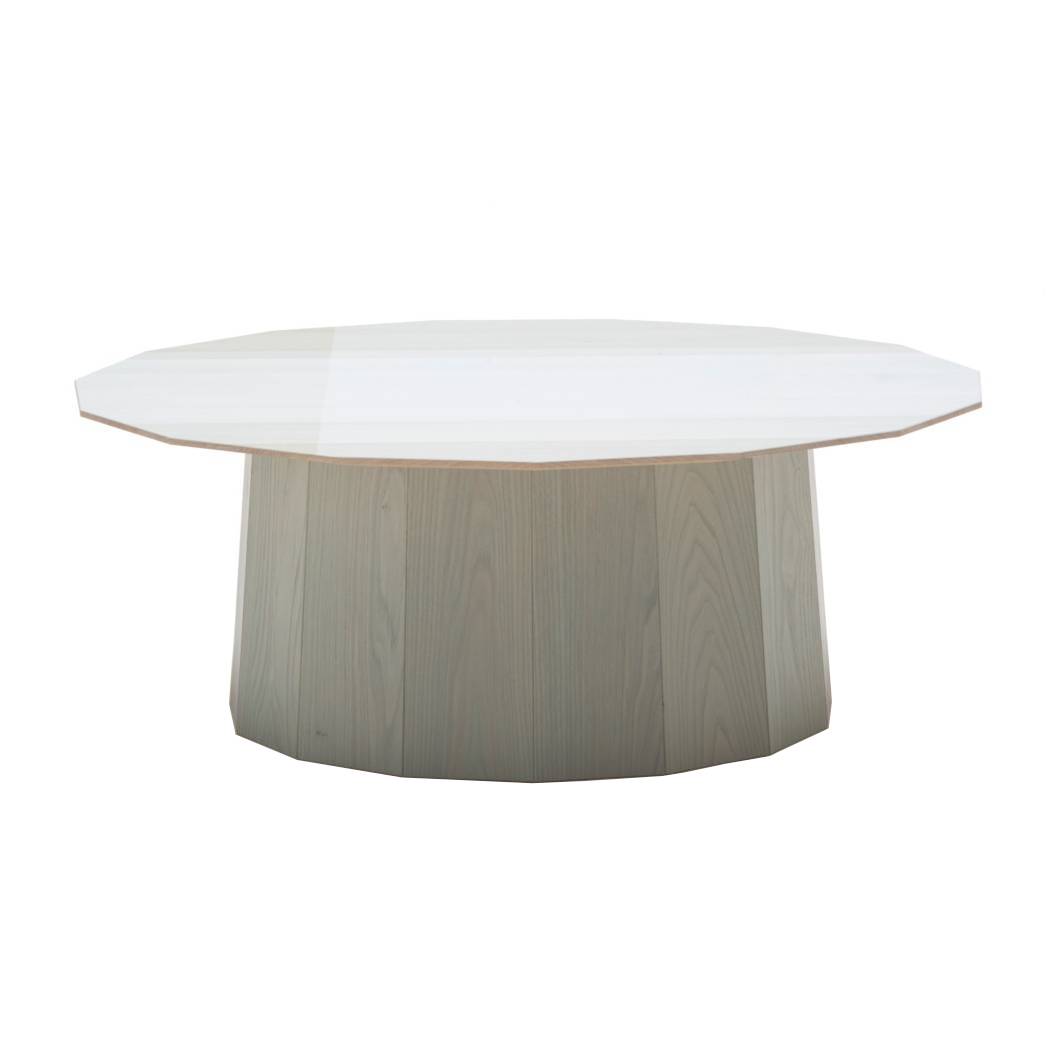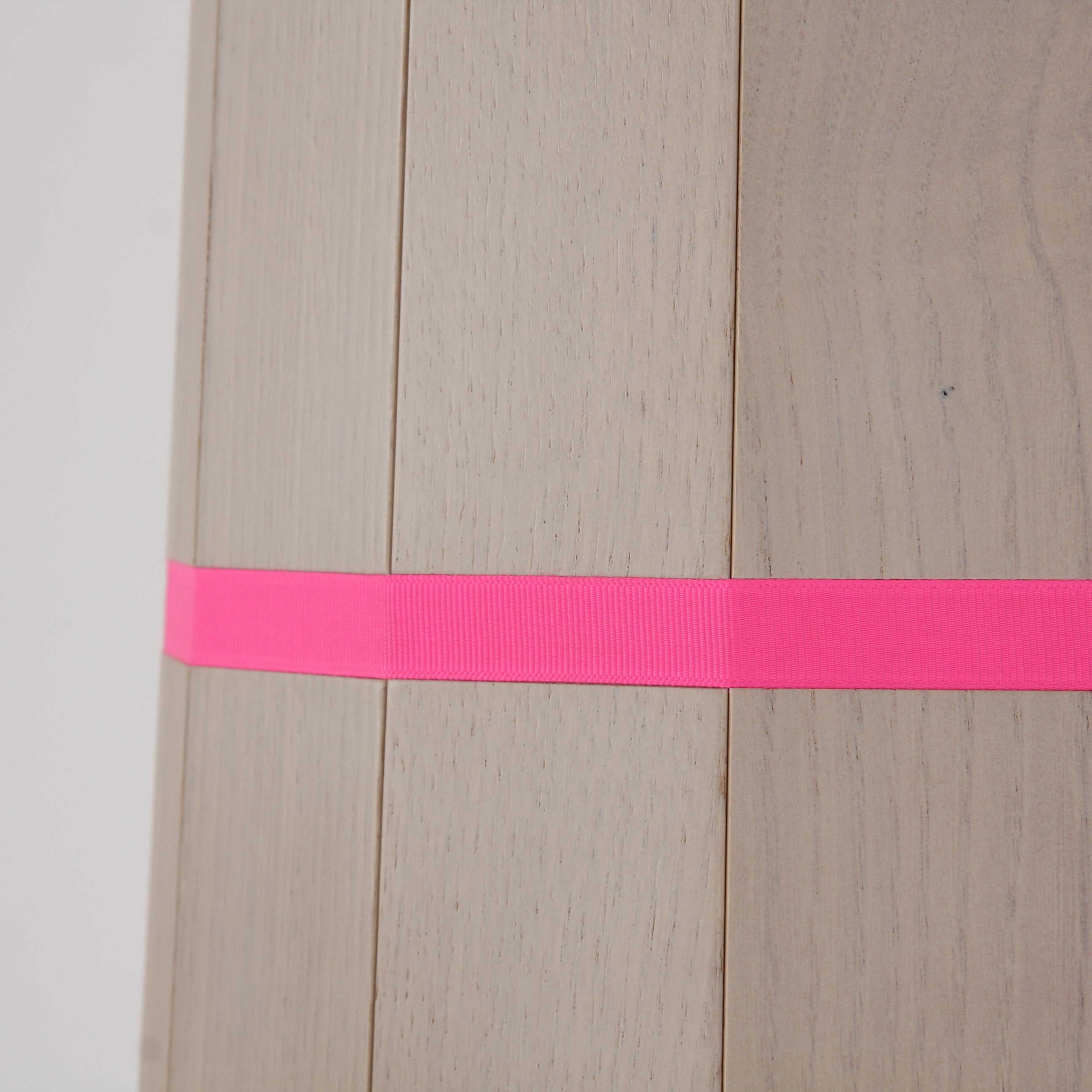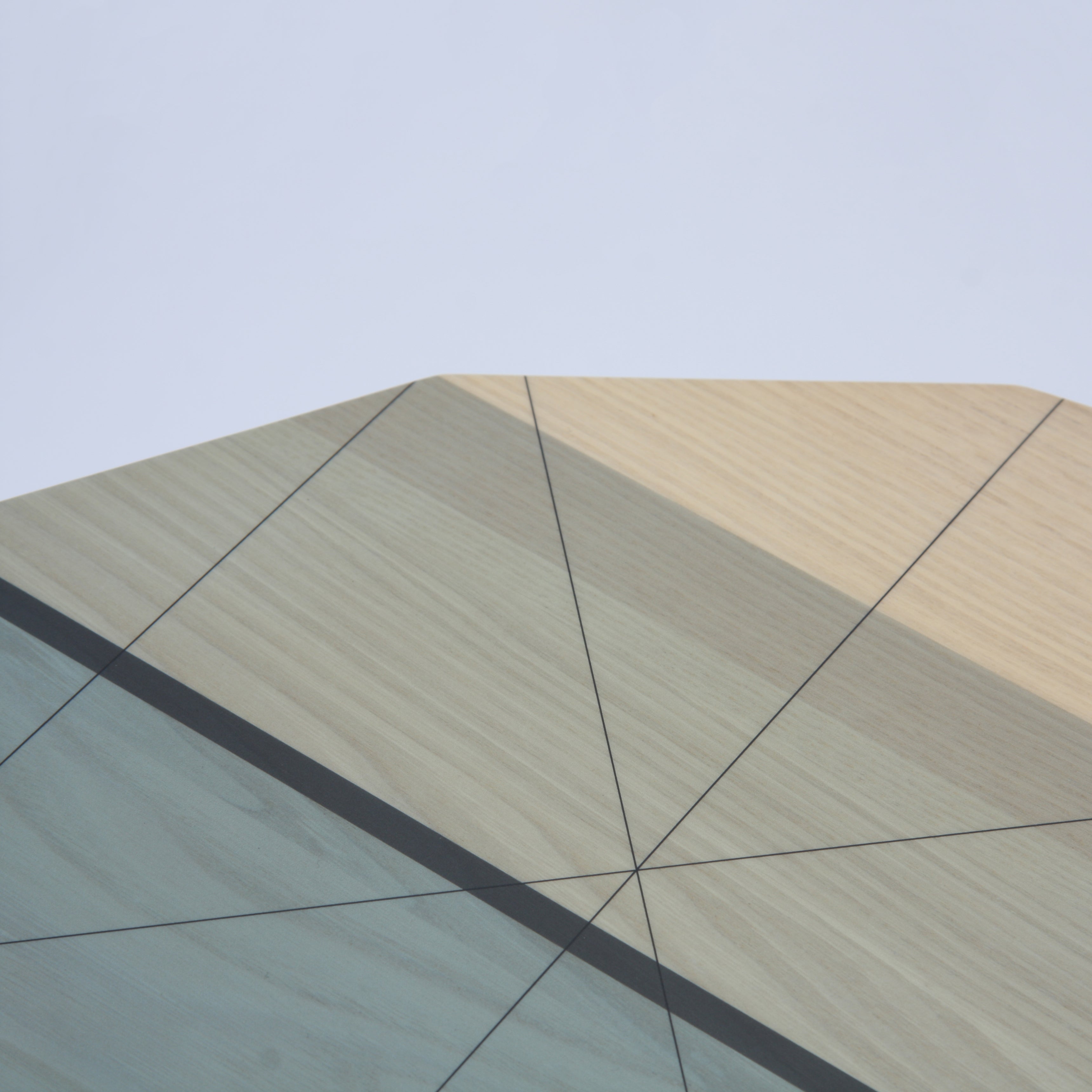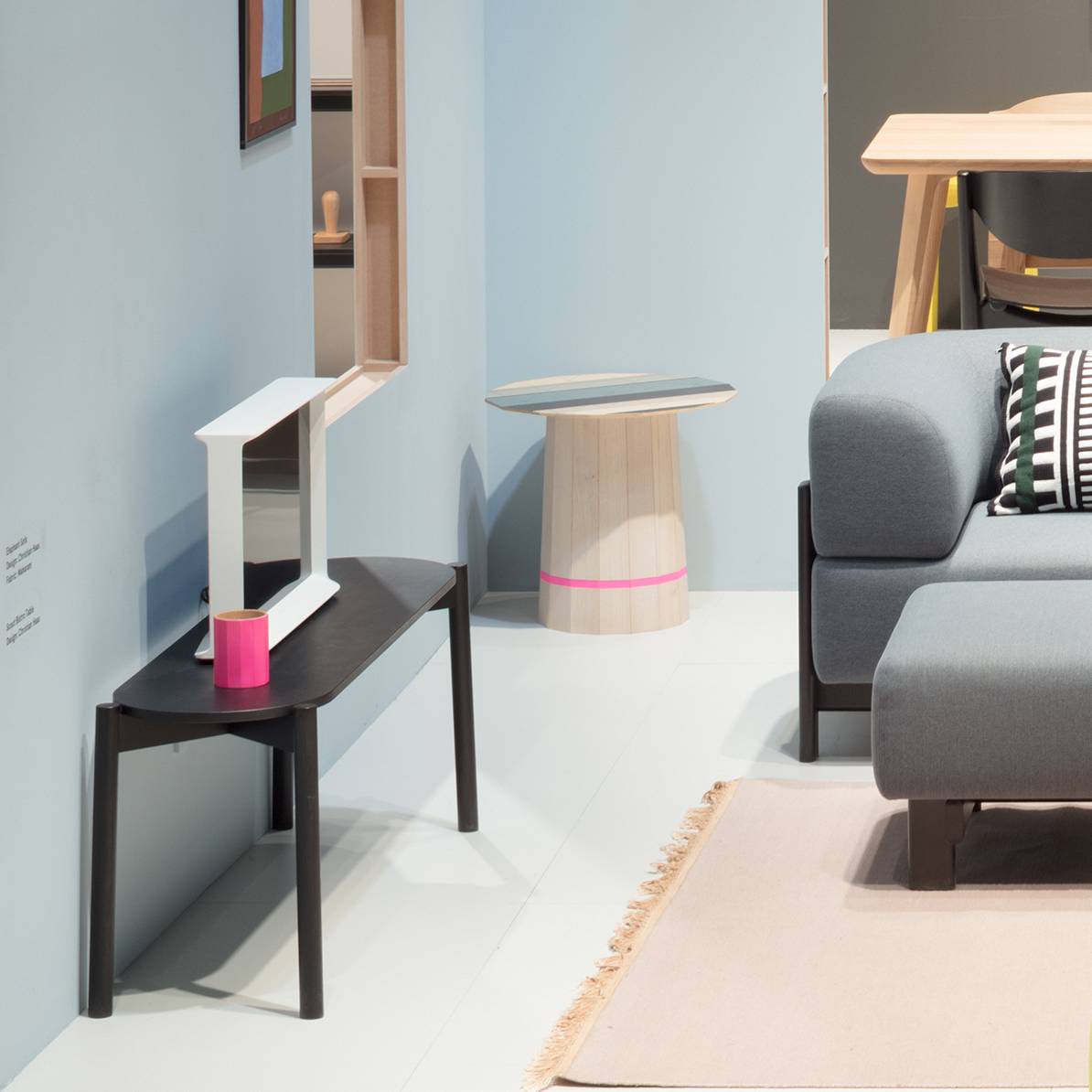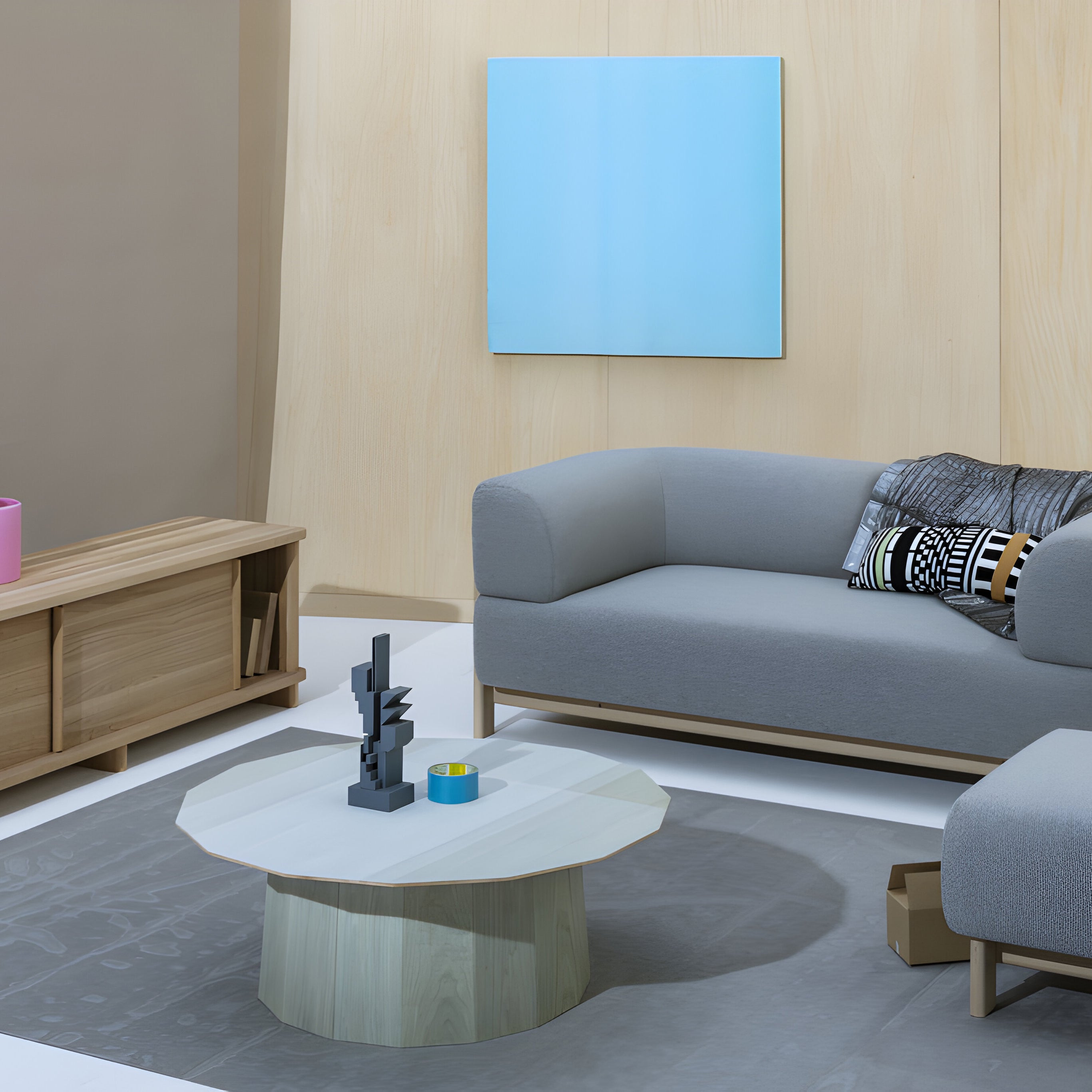
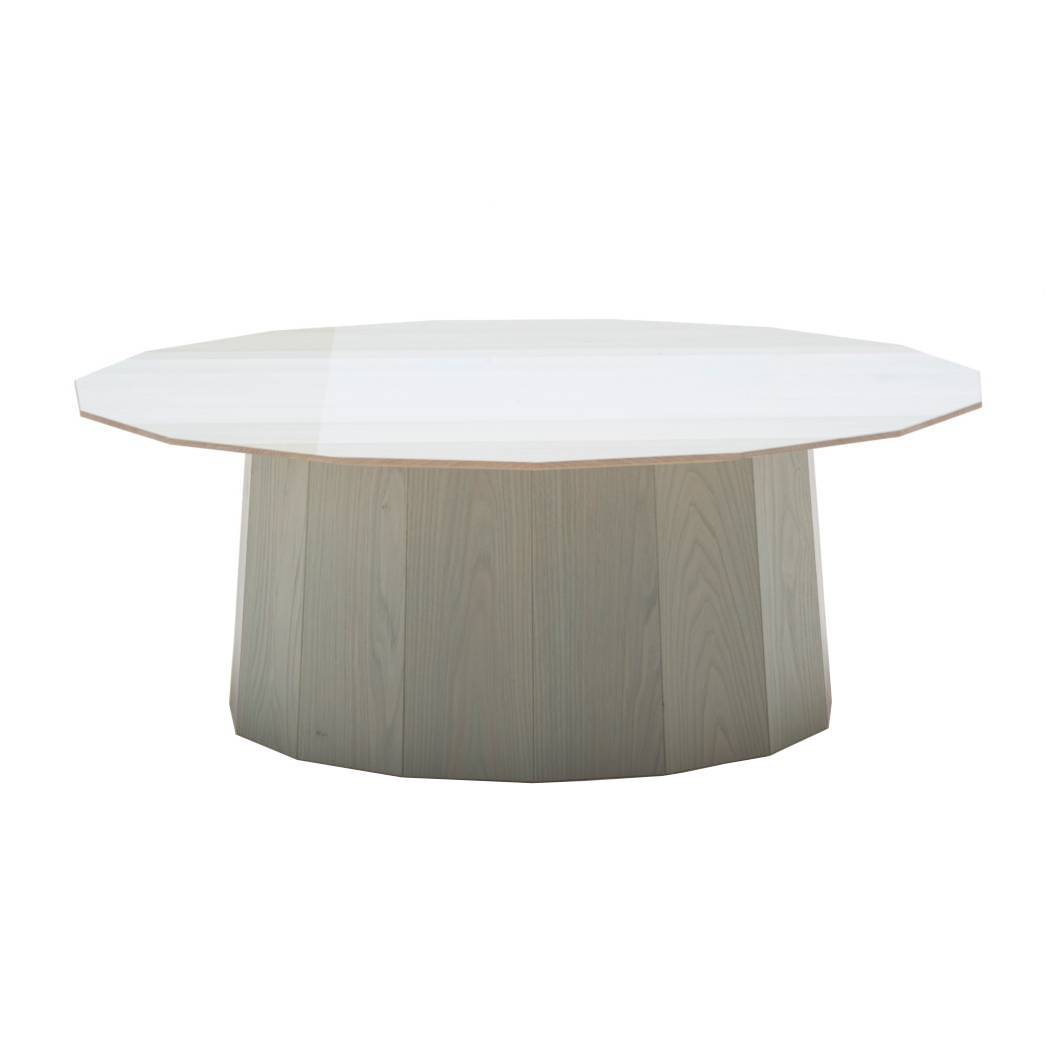
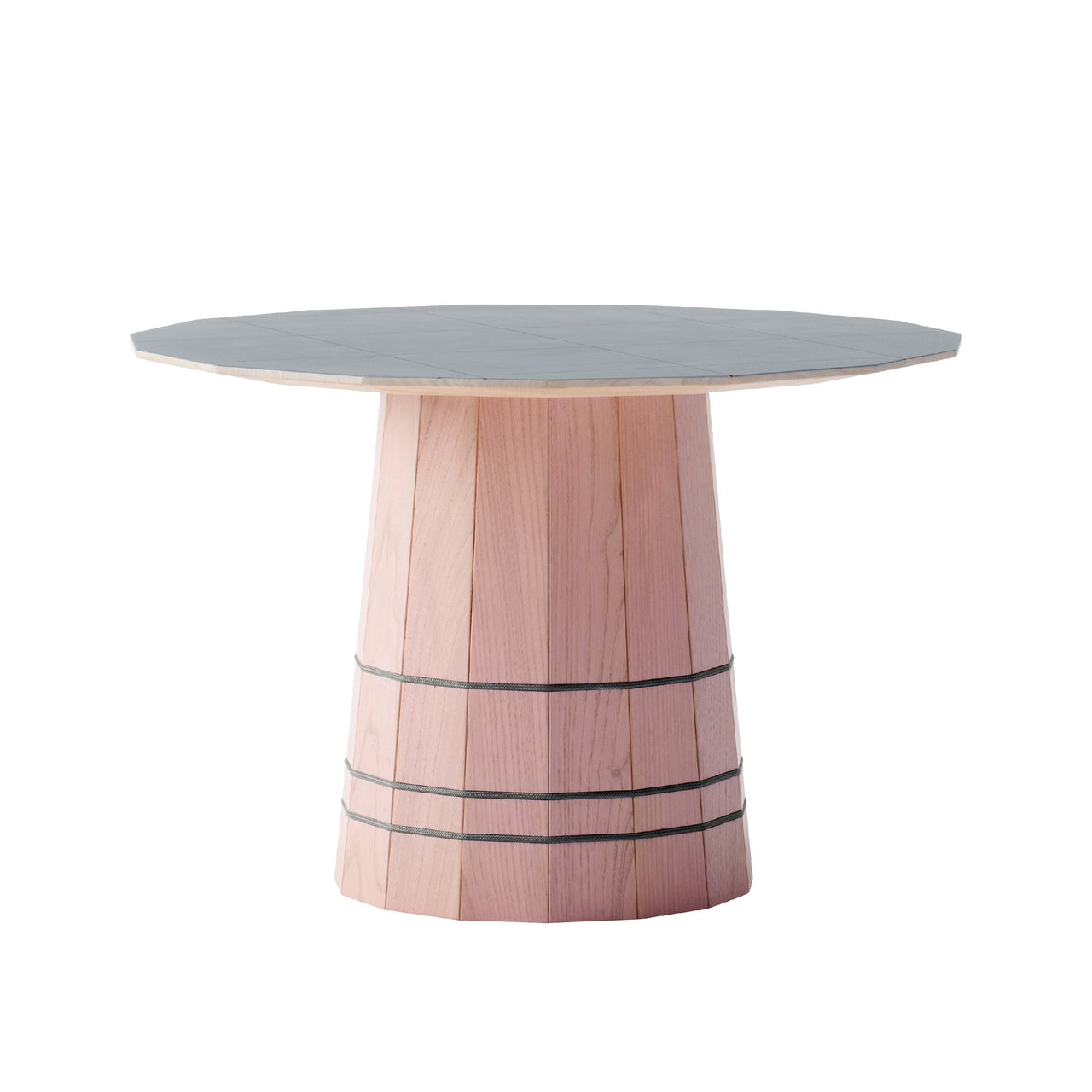
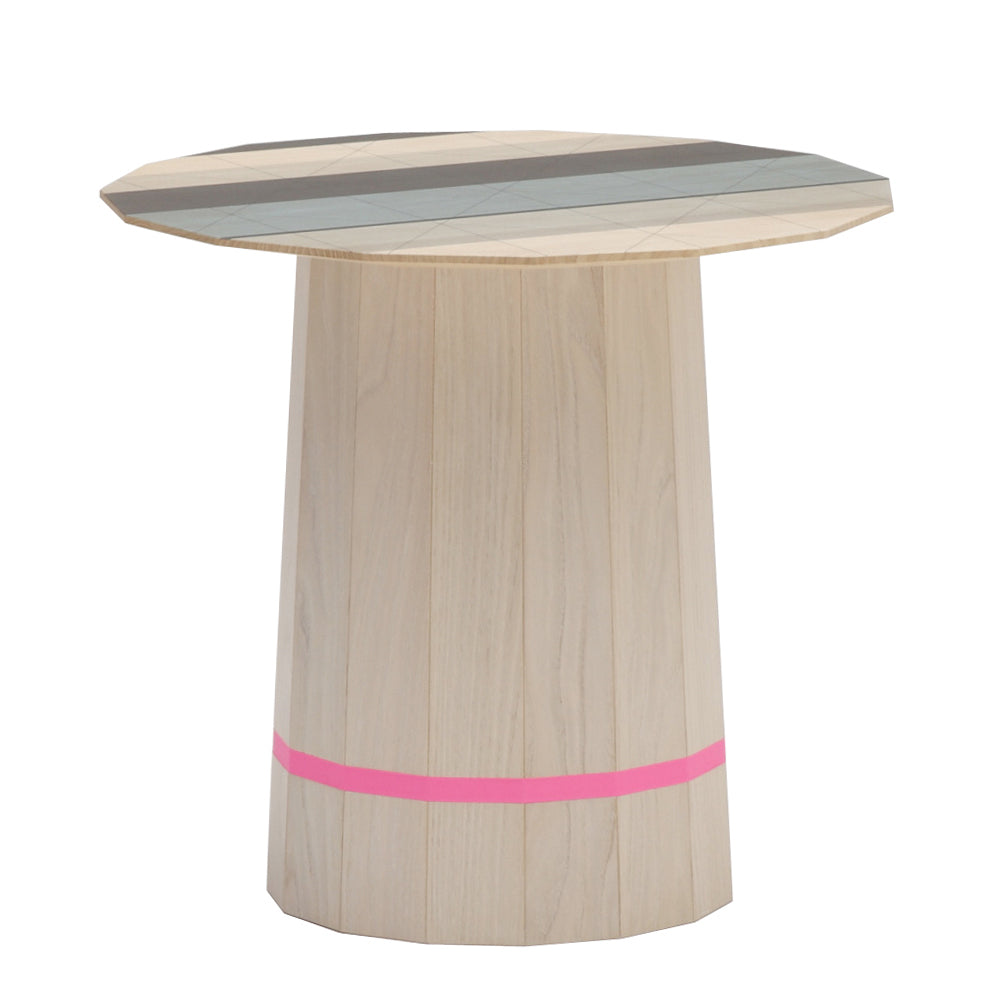
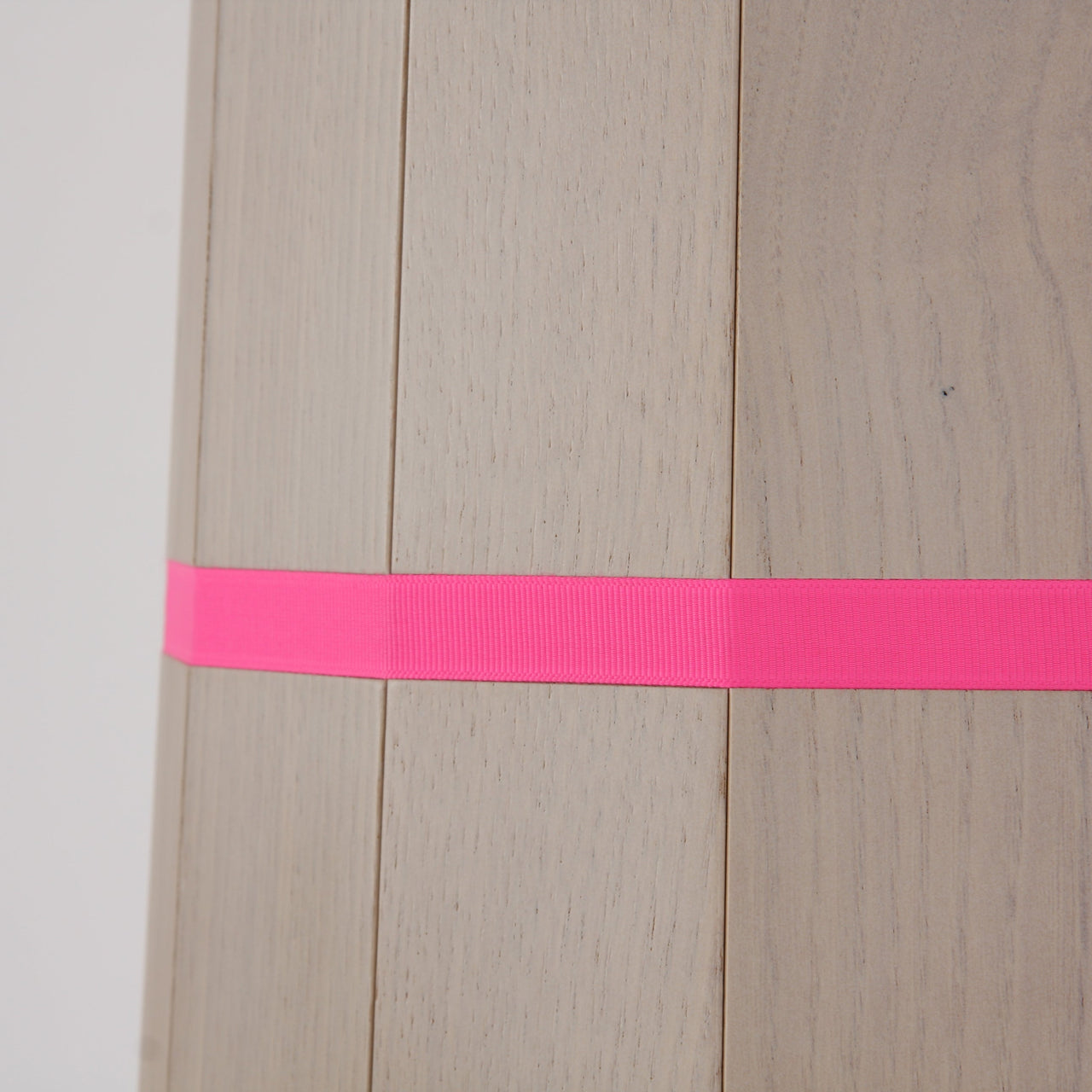
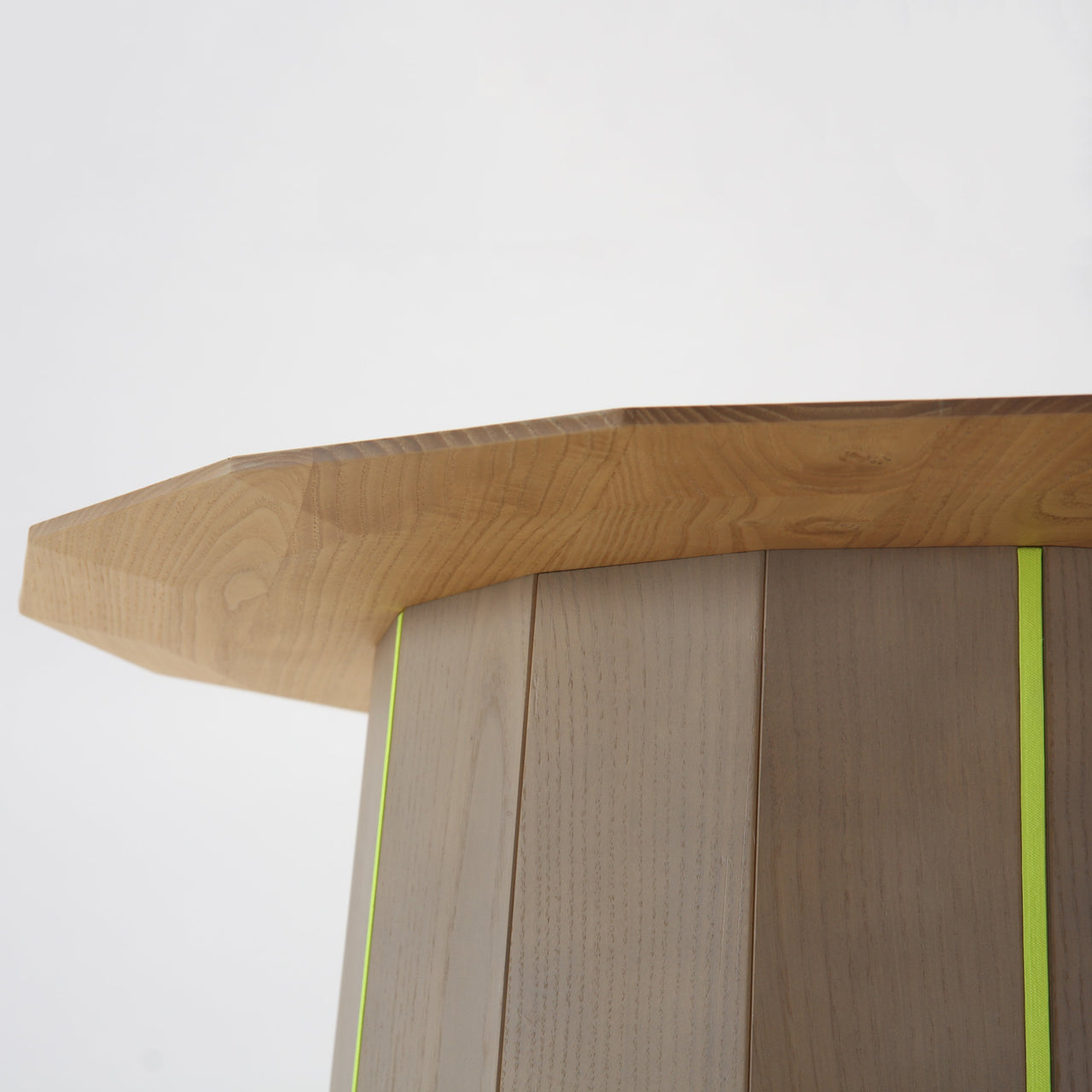
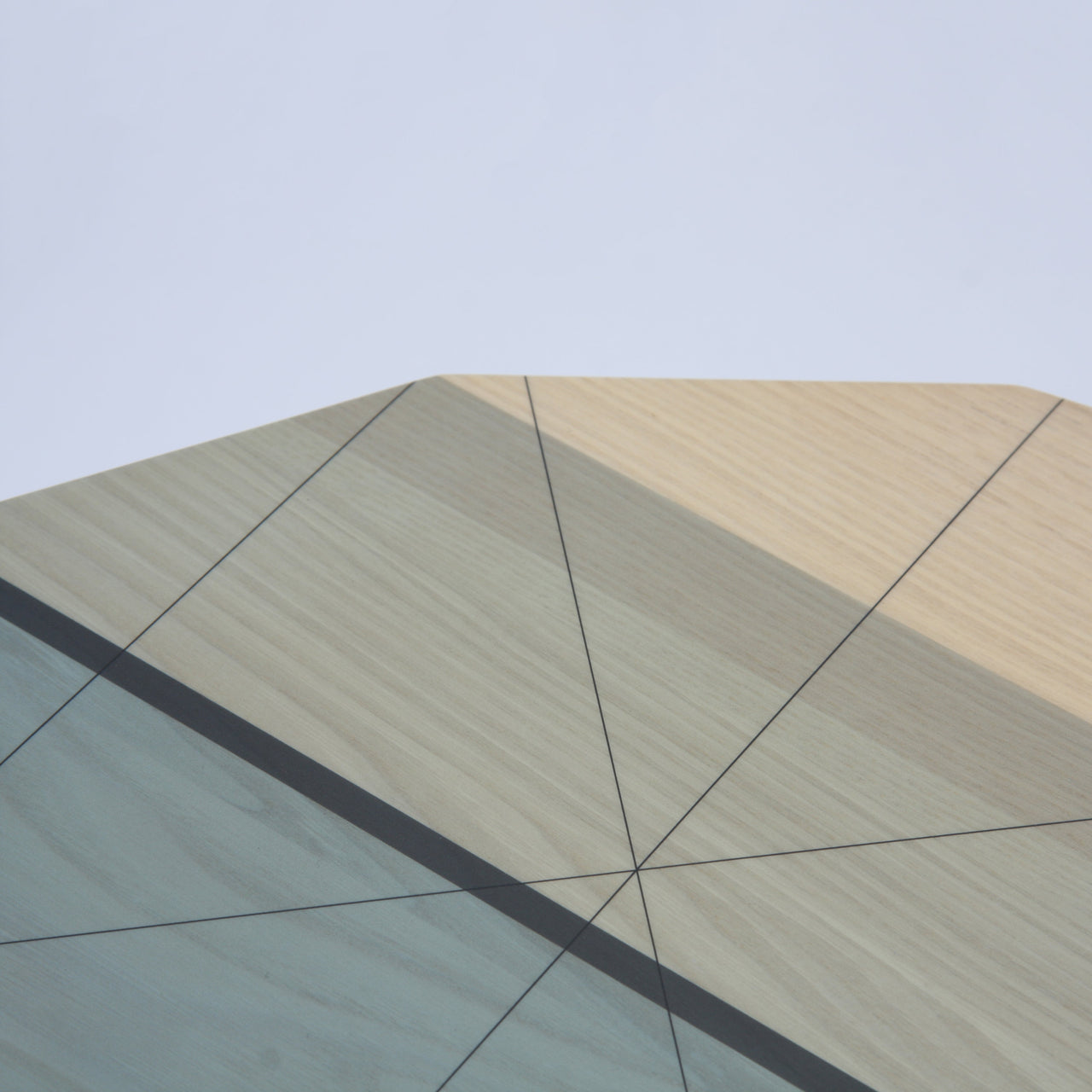
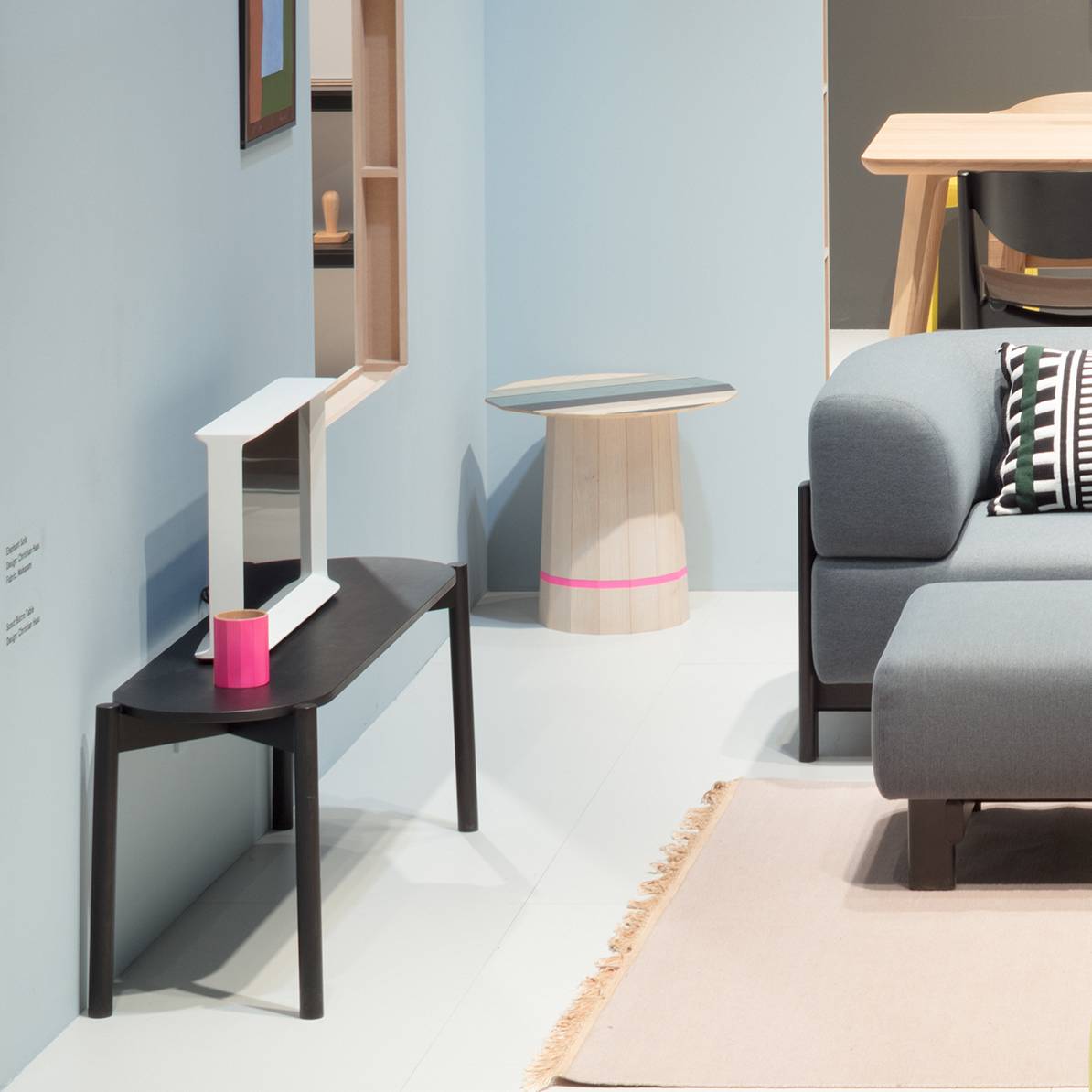
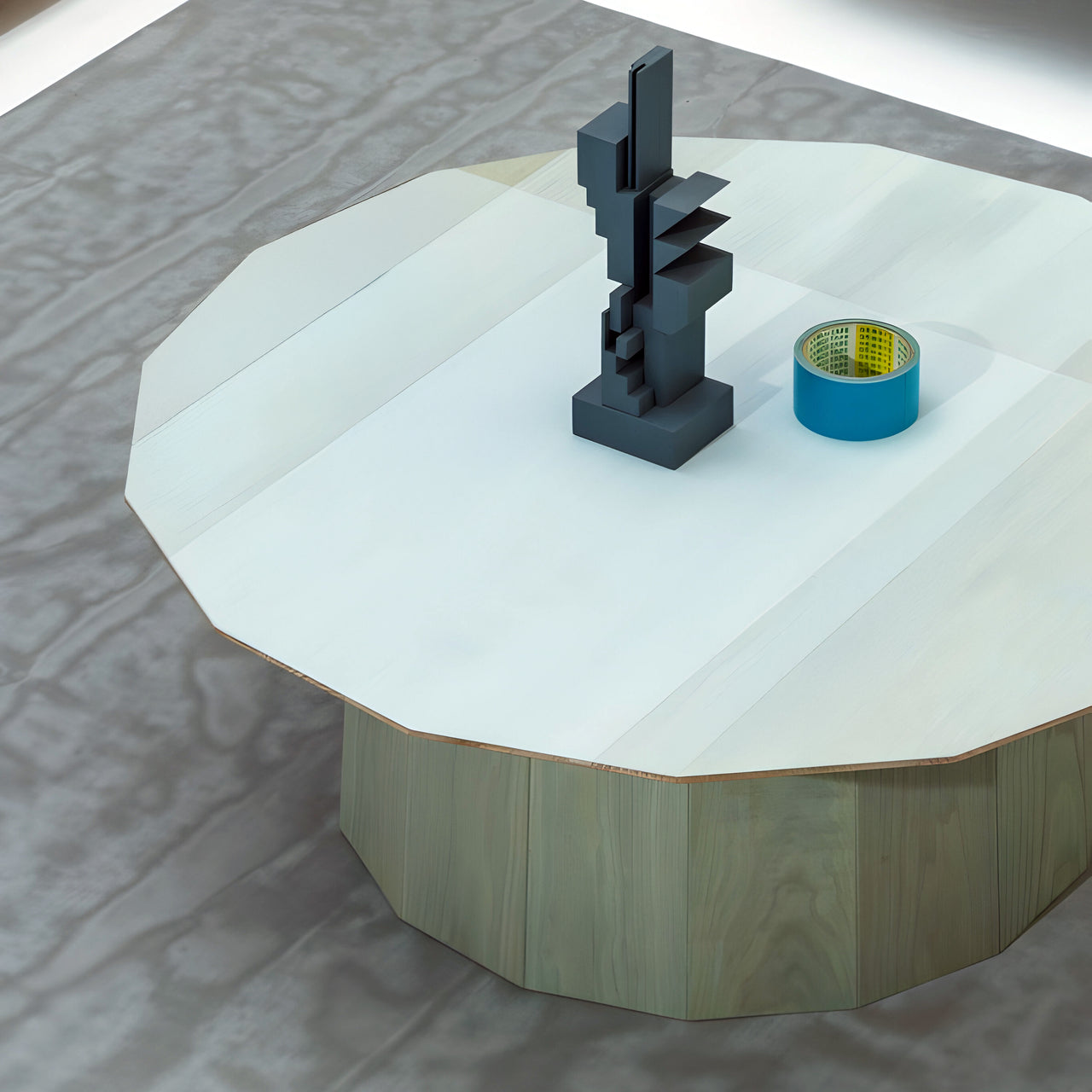
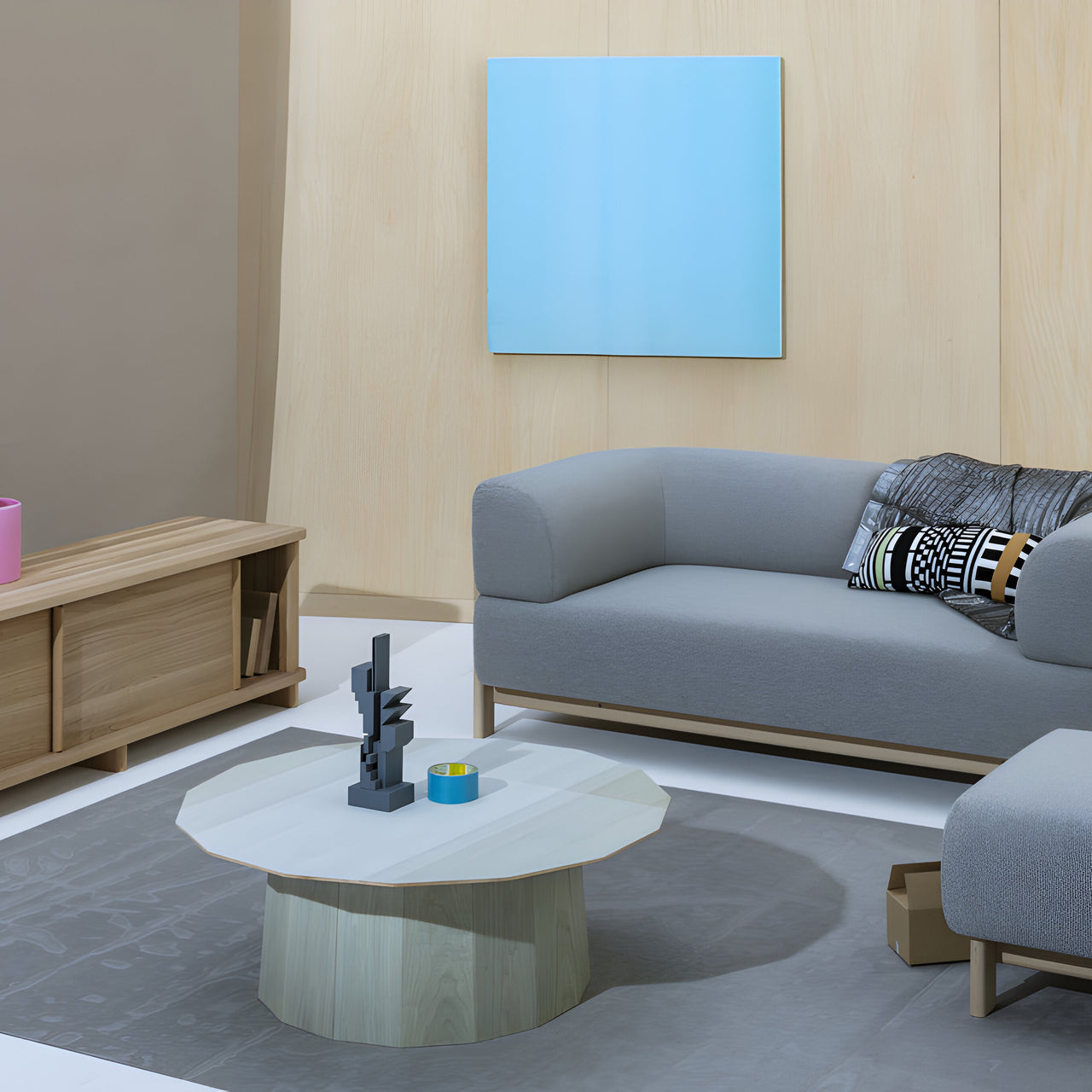
Karimoku New Standard × Scholten & Baijings
Colour Wood Tables
$900
–
$1,495
$900
SKU: KNS-T341C3ZH
$1,045
SKU: KNS-T341D2ZP
$1,175
SKU: KNS-T341E1ZC
$1,495
SKU: KNS-T341F9ZG
Description
Go with one or cluster them all. However these color tables are used, they manage to serenely transform a space in part due to their muted colors, retrained pattern work and geometric shape. As major fans of Scholten & Baijings, we were over the moon at their collaboration with Japanese heritage brand Karimoku New Standard. The Amsterdam duo are only among the latest to join the KNS. Some 70 years into producing quality furniture with a MidCentury sensibility, Japanese brand Karimoku decided in 2009 to write a new chapter in design by engaging in collaboration with a young crop of international talent and rechristening itself as Karimoku New Standard. Solid Japanese hardwoods such as maple, chestnut and oak are the basis of a line informed by a cultural understanding of craftsmanship coupled with innovative technologies in terms of manufacturing and sustainability. To preserve and revitalize Japanese forests, the hardwood used is from low-diameter trees, long underused. Made of chestnut, the Colour Wood Collection includes these tables and the Colour Wood Bins (oversized canisters also at A+R). Each piece is distinguished by the soft pastels to fluourescent pink that are a trademark colorway of Scholten & Baijings. The lines and patterns are layered on these pieces for a modern take on traditional Japanese shapes and techniques.
Specifications
Size
- Clear Stripe + Grid: 17.9" h x 19.9" w x 19.8" d (45.4x50.5x50.2cm)
- Grey + Grid: 15.4" h x 23.7" w x 23.6" d (39.2x60.3x60cm)
- Clear + Grid: 12.9" h x 28.2" w x 28.1" d (32.7x71.7x71.3cm)
- Green: 12.8" h x 35.2" w x 35" d (32.5x89.5x89cm)
Material
Chestnut
Brand
Karimoku New Standard
It has always been about the wood. Shohei Kato opened a small woodworking shop in 1940 from a longstanding timber firm he acquired in Kariya. The first letters of the town name combined with “moku,” as in “mokuzai” ( “wood”) provided the brand name. Furniture followed within 2 decades, along with several brands under the Karimoku umbrella. Then in 2009, with his grandson Hiroshi Kato as vice president, the Karimoku New Standard branch launched to develop works with international designers in the modern design arena.
The star roster includes Swedish studio TAF, the Swiss team Big-Game and Dutch duo Scholten & Baijings. Among them is David Glaettli, who also serves as KNS brand creative director and dubbed its credo as “high-tech and high-touch.” The highly skilled Japanese carpentry and hand-applied painting that are a part of the parent company heritage are integral to KNS. It also looks forward, revitalizing native forests by targeting undervalued, sustainably grown hardwoods. Advanced technologies have elevated the low-diameter chestnut, maple and oak trees, once turned into wood chips for paper pulp, into something of lasting beauty. The aim, notes Hiroshi, is “furniture that will be used and loved for more than 100 years.”
Designer
Scholten & Baijings
“Stefan is really good at the big picture. I’m good at the details,” says Carole Baijings of her design partnership with Stefan Scholten, which grew out of the Dutch couple’s relationship. Though she is self-educated and Stefan studied at the Design Academy Eindhoven, “as our lives came together, working together was a natural progression, ” Carole says.
Now, more than 10 years later, Scholten & Baijings’ light-filled studio overlooks Amsterdam’s harbor and their work, with its unusual color choices and layered gradations of tone, is instantly recognizable. Collaborating with a who’s who of illustrious contemporary brands worldwide, from Hay in Denmark to Karimoku New Standard in Japan, their product range includes textiles, glass and furniture. “We work more like artists,” Carole says. “We start with materials and colors and then try to create a shape or a design. It’s a different approach than starting with a word or a concept or an idea.”

